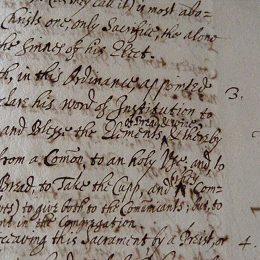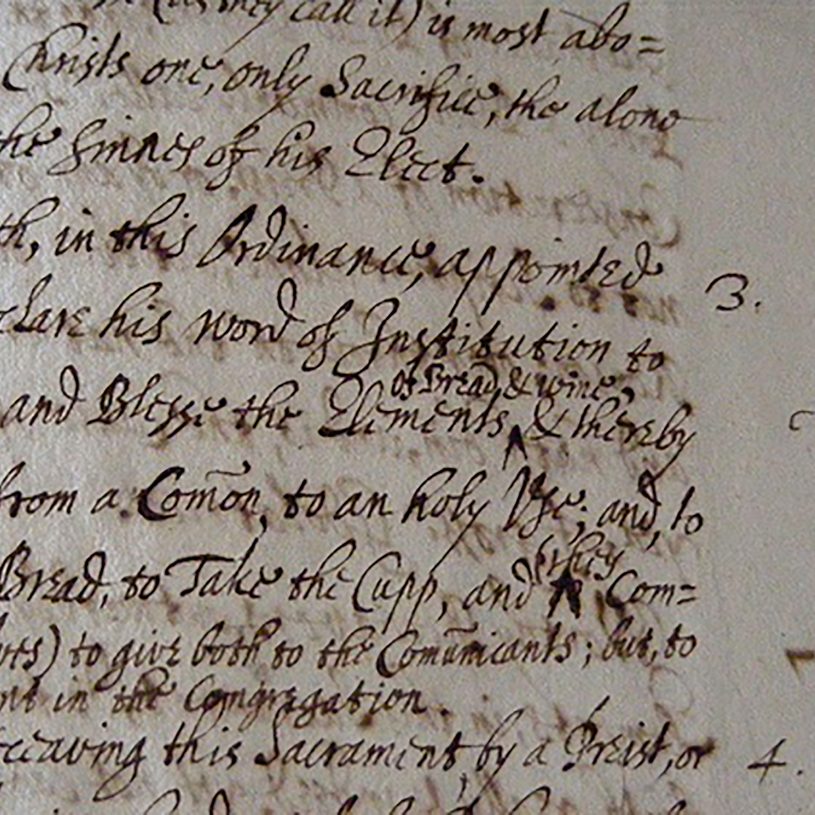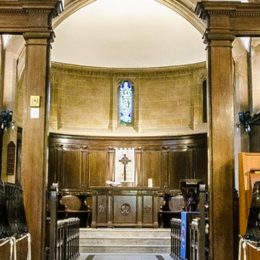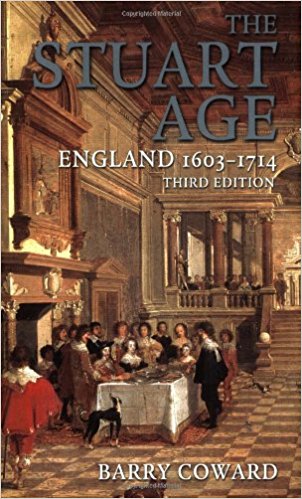Exploring the world of art, history, science and literature. Through Religion

Welcome to TreasureQuest!
Look through the treasures and answer the questions. You’ll collect jewels and for each level reached, earn certificates.
How far will you go?
You need an adult’s permission to join. Or play the game without joining, but you’ll not be able to save your progress.
It is a reminder, that religious practices are not uniform. Some adherents like ceremony, while others want simplicity.






Are there links to current religious practices or a modern equivalent?
It is a reminder, that religious practices are not uniform. Some adherents like ceremony, e.g. wearing elaborate, embroidered clothes, while others want simplicity, e.g. a plain, black gown; some are happy with hierarchy, where decisions are made by a few people; while others wish for a voice in decision-making, where comments that are shared, assist all to reach a consensus; differences over doctrine e.g. how baptism/entry into the church is marked, also exist. The same divisions can still be found between and within churches today.

Where is it from, where is it now?











 Faculty of Divinity
Faculty of Divinity